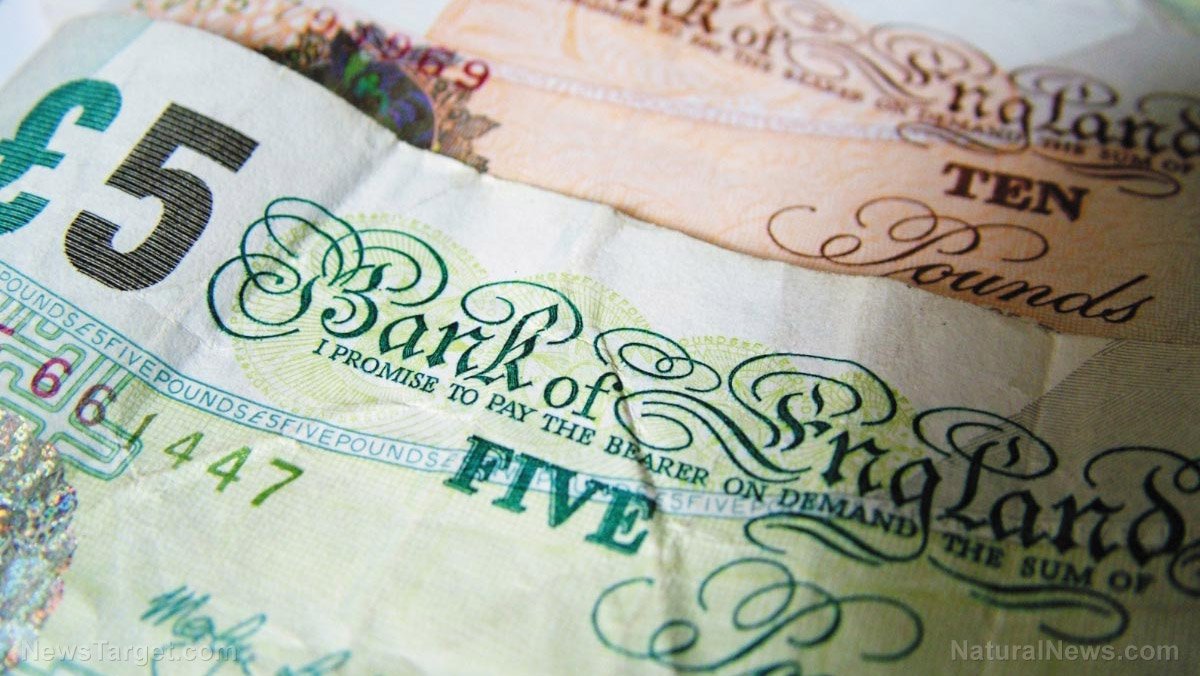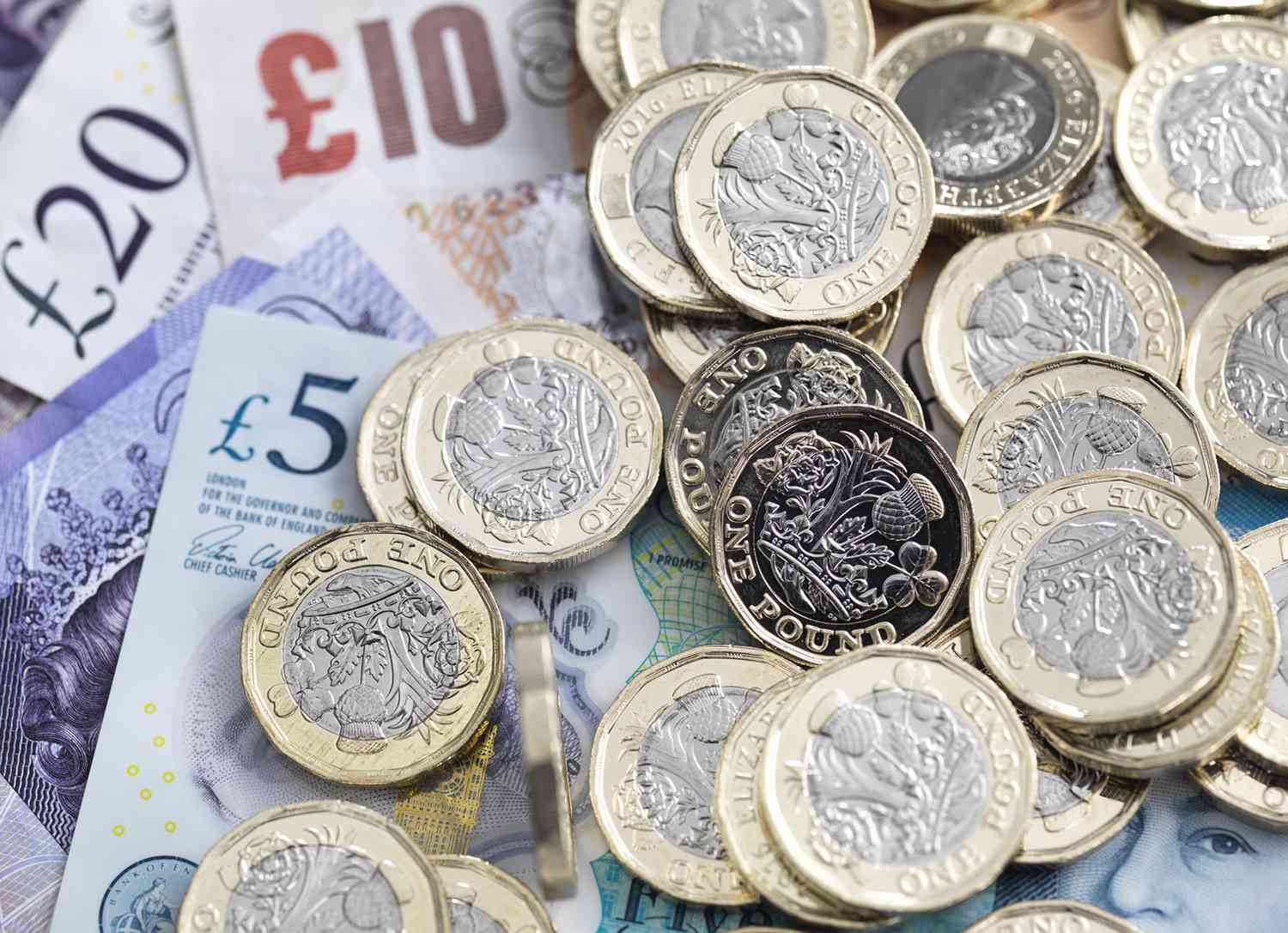GBP/USD Edges Higher as UK GDP Outlook Improves Amid US Dollar Pressure and Trade Uncertainties
GBP/USD is up near 1.3300 in anticipation of the UK’s Q1 GDP release, led by a weaker US Dollar as trade uncertainties continue. The UK economy is expected to report firmer growth of 0.6% in Q1 compared to 0.1% in Q4 2024, which supports investor confidence. In the meantime, US Dollar weakness continues as Washington seems to prefer a weaker currency to improve trade competitiveness. Nevertheless, hopes for hawkish Federal Reserve rate cuts have dissipated, capping the downside pressure on the USD. Traders are watching closely UK economic releases and forthcoming US retail sales and inflation data to determine the near-term prospects of both currencies. KEY LOOKOUTS • Focus in the markets is on the UK’s initial GDP growth rate, which is expected to display a significant acceleration to 0.6%, indicating potential economic strength. • Ongoing pressure on the US Dollar due to uncertainties around trade and potential Washington desire for a softer dollar to prop up exports. • Lower market expectations of decisive Fed rate reductions, with a mere 74% probability of a 25-basis-point reduction in September, affecting USD strength. • Recent labor data showed slower job growth and rising unemployment, but moderate wage increases may influence the Bank of England’s inflation outlook and policy decisions. Investors are closely watching several key factors as GBP/USD edges higher. The UK’s Q1 GDP data, expected to show growth of 0.6%, could reinforce confidence in the British economy’s recovery. At the same time, the US Dollar continues to come under pressure due to uncertainties and speculations over whether Washington prefers a weak dollar to promote exporters. The hopes for Federal Reserve rate decreases have, however, faded, capping the dollar’s losses. Moreover, slower job growth and softening wage increases in the UK’s labor market provide Bank of England’s inflation outlook complexity, making traders keep an eye out for possible changes in monetary policy. GBP/USD is rising as the UK’s Q1 GDP should indicate more robust growth, which will enhance market sentiment. The US Dollar is still under pressure due to trade uncertainty and weaker Fed rate cut expectations. On the other hand, UK employment data and wage levels continue to put the Bank of England’s policy direction in the spotlight. • GBP/USD is trading around 1.3300, helped by a weaker US Dollar in light of continued trade uncertainty. • The UK economy is forecasted to grow by 0.6% in Q1 2025, up from 0.1% in Q4 2024, signaling economic acceleration. • Washington may prefer a weaker dollar to enhance US export competitiveness. • Expectations for aggressive Federal Reserve rate cuts have eased, with only a 74% chance of a 25-basis-point cut in September. • Recent UK labor market data shows slower job growth, rising unemployment, and easing wage gains. • Some easing of the Bank of England’s inflation worry is possibly to be delivered by moderate wage growth. • Market attention turns to Friday’s UK GDP and factory data, followed by US Retail Sales and Producer Price Index (PPI) releases later this month. The British Pound is gaining strength as the UK heads to publish its first-quarter economic expansion figures. Forecasts are that the economy has improved at a better rate than it did last quarter, and that is helping increase confidence levels in investors. On the other hand, doubts about global trade and the prospects of the US Dollar are having an impact on movements in currency. The weaker US Dollar is behind the Pound’s rise, reflecting wider worries over continued trade tensions. GBP/USD DAILY PRICE CHART CHART SOURCE: TradingView Meanwhile, the British labor market also underwent some shifting, with gradual job growth slowing and a tiny increase in unemployment. Wages, though, continue to grow modestly, providing some upbeat news for the economy. Those watching closely, though, include investors who are monitoring closely the impact these indicators will have on the Bank of England’s forthcoming decisions. Over the next few days, some of the most important economic data from the UK and the US will further indicate the health of each economy as well as the path of their respective currencies. TECHNICAL ANALYSIS GBP/USD is exhibiting a bounce approaching the 1.3300 level of resistance indicating new buying interest following recent losses. The duo finds support from major moving averages, which have begun to slope and potentially trend upwards, signaling a change in momentum. Traders, however, need to observe confirmation of a break above this level, with the failure to do so prompting a retest of support levels around 1.3200. Overall, technical indicators suggest cautious optimism, with price action being closely related to forthcoming economic data releases. FORECAST If the UK Q1 GDP figures affirm more robust than anticipated growth, it has the potential to lend a big boost to the British Pound, moving GBP/USD into the region above 1.3300. Encouraging economic news could motivate investors to be more bullish on the Pound, aided in turn by a further softening of the US Dollar in response to ongoing trade-related uncertainty. Moreover, if the next UK factory figures and pay trends also improve, the Bank of England might keep a more aggressive stance, which would provide further bullish impetus to the currency pair. On the flip side, disappointing UK economic releases or indications the labor market is depreciating further might put downward pressure on the Pound and result in GBP/USD retracing towards important support zones near 1.3200. Additionally, if the US Retail Sales and Producer Price Index (PPI) figures are stronger than anticipated, they can revive rate hike expectations of the Federal Reserve or cap the losses of the dollar to place pressure on the GBP/USD pair. Traders also have to watch out for unexpected changes in global trade sentiment that lower risk appetite and cause the US Dollar to appreciate as a safe-haven currency.












